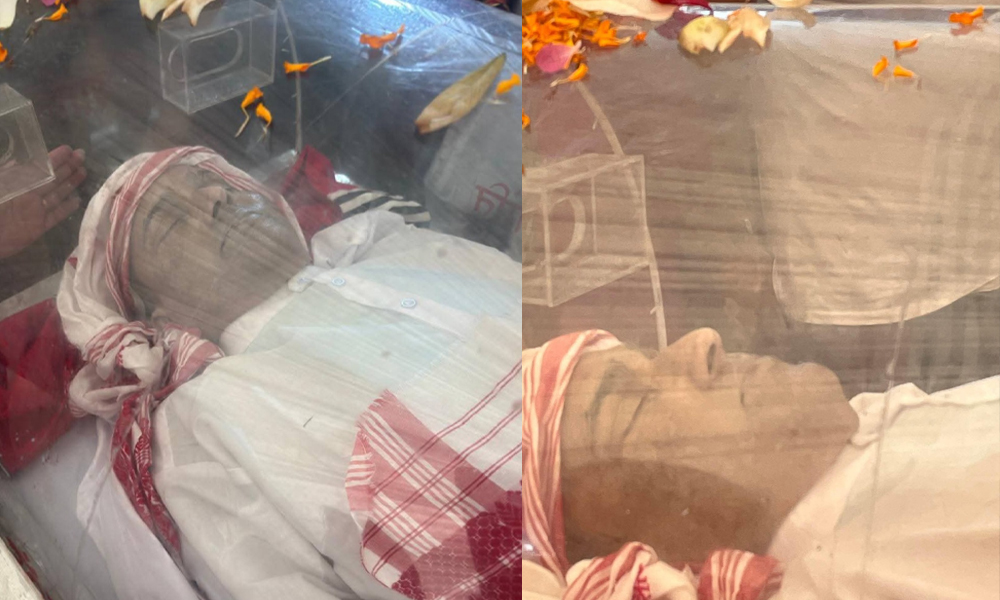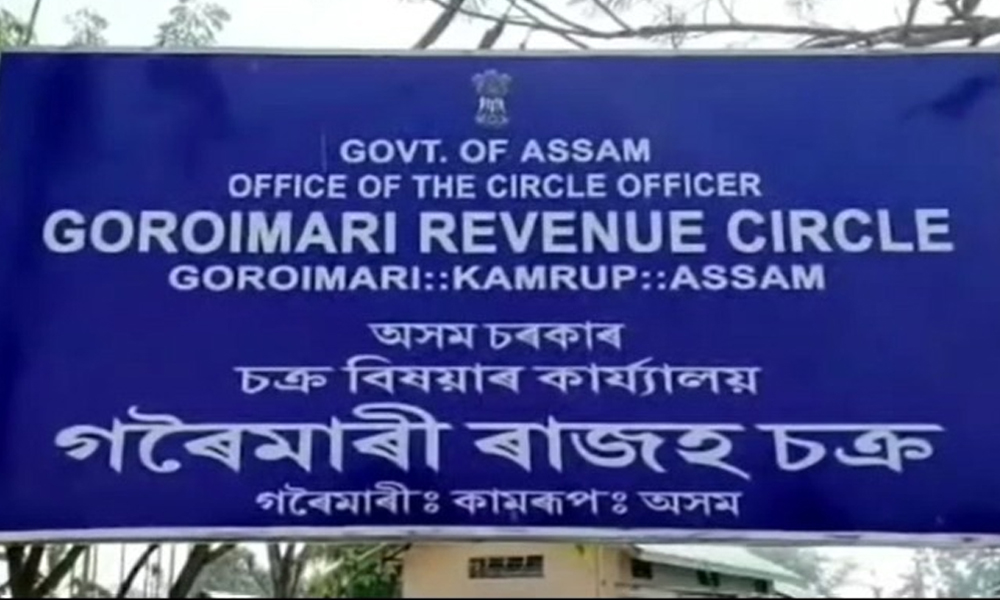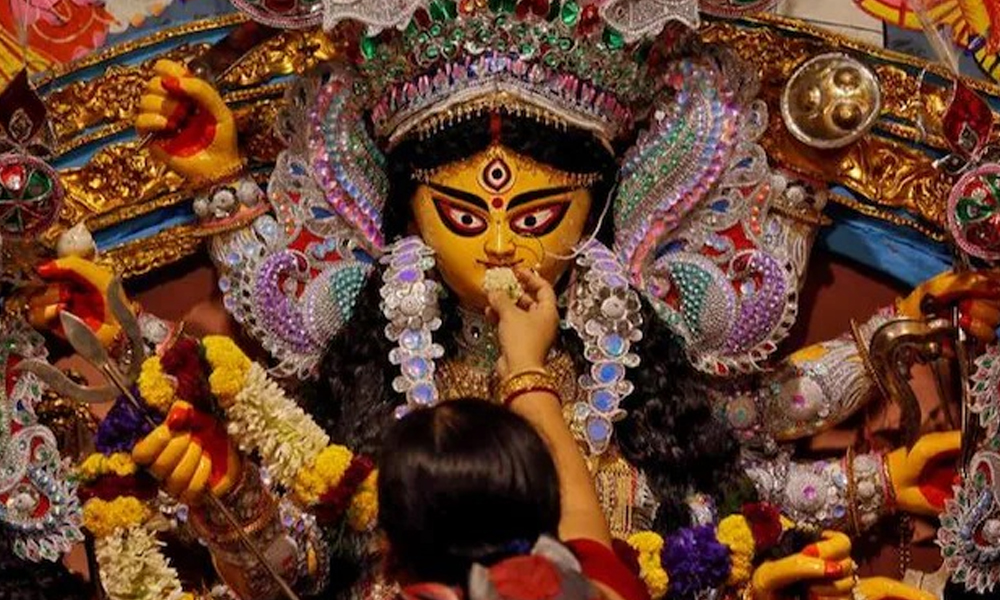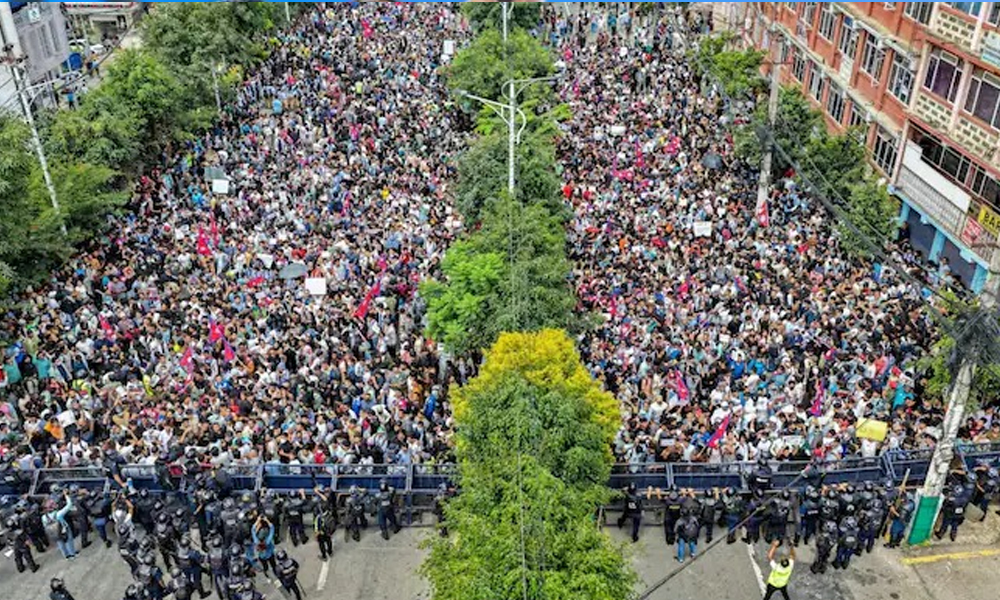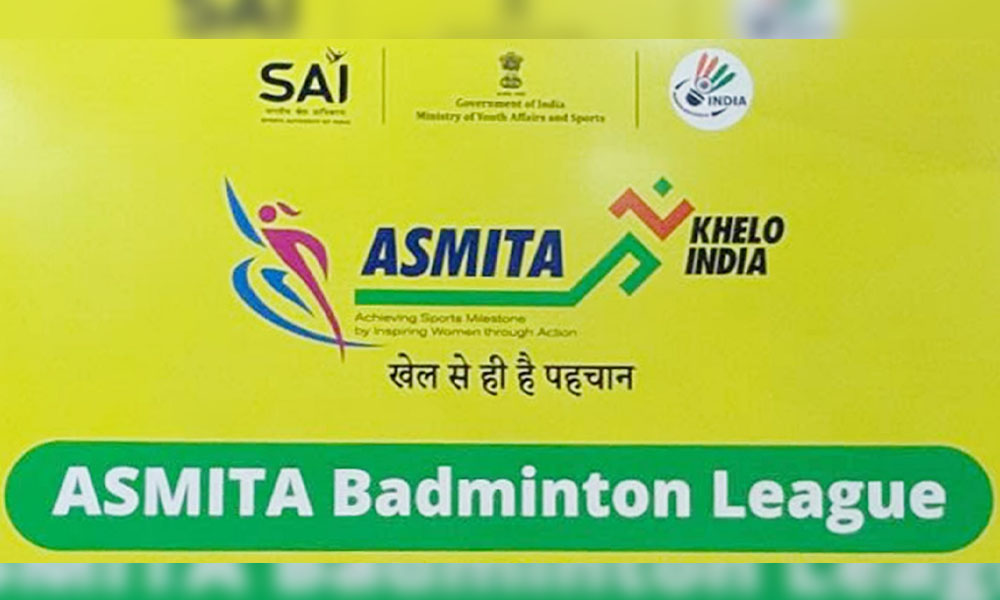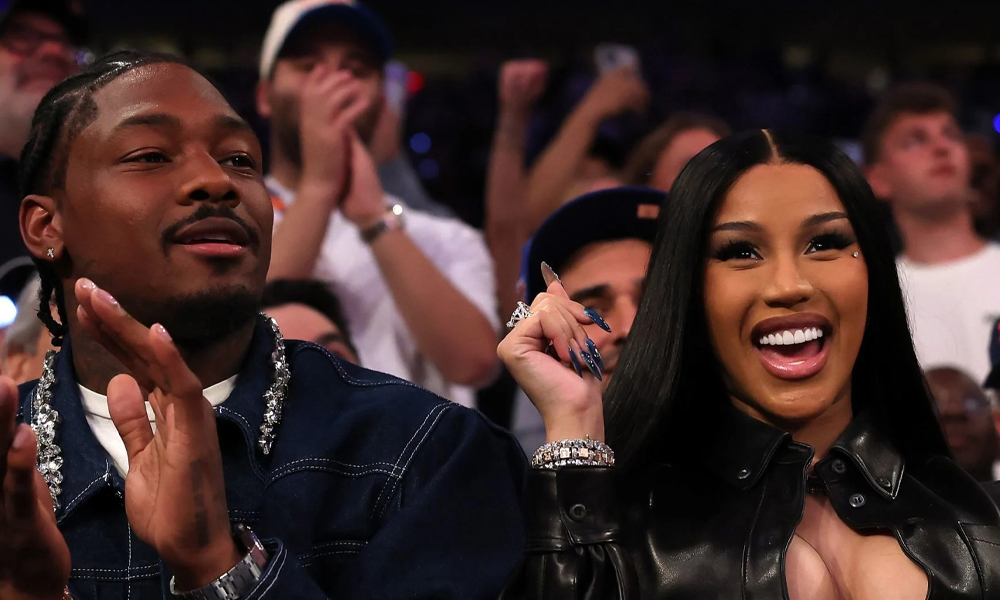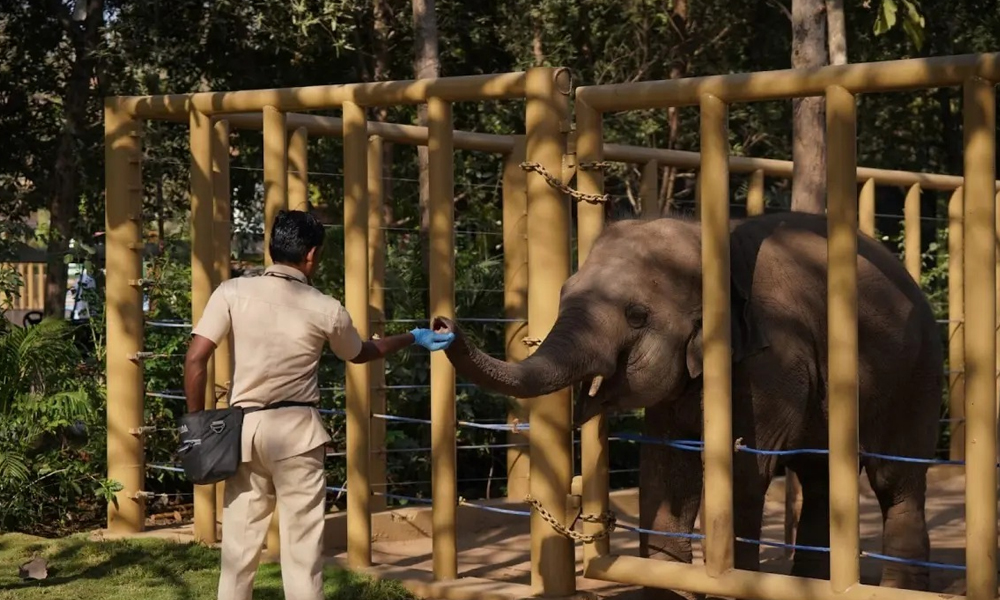Digital Desk: Former Indian Prime Minister Manmohan Singh is credited with saying, decades after the country gained independence; "The brightest gem in the British Crown" was the world's poorest nation in terms of per capita GDP at the beginning of the 20th century.
Since the nation gained independence in 1947, the
economy has had many ups and downs, including the agrarian crisis, three wars,
the 1991 privatisation initiative, demonetization, and the implementation of the
Goods and Service Tax (GST).
Here are some of the highlights of the journey of the Indian
economy:
1951: The
First Five-Year Plan was introduced to Parliament by the former Prime Minister
Jawaharlal Nehru. With little alterations, it was based on the Harrod-Domar
model. Its principal objective was to advance the nation's core industrial
sector.
1969: India
experienced its greatest droughts throughout the 1960s, forcing it to rely on
supplies of food and grains from abroad. However, the crisis turned out to be a
gift in disguise since it helped the nation realise how important it was to
increase its ability to produce food grains on its own. As a result, the Green
Revolution came to be.
1991: In
that year, India's economic development entered its golden age. India's
external debt nearly doubled from about $35 billion at the end of 1984–1985 to $69
billion by the end of 1990–1991 due to currency depreciation and the
government's growing fiscal deficit. India's foreign exchange reserves were so
low that it could hardly afford to pay for three weeks' worth of imports.
In 1991,
the Liberalization, Privatization, and Globalization policies were introduced
by the government of PV Narsimha Rao, the prime minister, and Manmohan Singh,
the finance minister.
2008: After
the crash of Lehman Brothers, which resulted in the biggest bankruptcy in US
history, there followed a titanic financial and economic collapse. While other
nations were experiencing the worst, India's economy grew by 6.7 percent in the
fiscal years 2008 to 2009. India reportedly suffered less because its exports
made up only 15% of its GDP.
2016: The
term "demonetization" first appeared in the economic history of
India. On November 8 of that year, Prime Minister Narendra Modi announced that
the Rs. 500 and Rs. 1,000 notes would no longer be considered legal money.
Parliament enacted a vital Goods and Services Tax law a few months after
demonetization (GST).
2020: Another shock to the
country was brought about by the coronavirus outbreak. According to a study,
the initial wave of the COVID-19 epidemic led to the impoverishment of 23 crore
people. The figures show that poverty rose by 20% in urban India and by 15% in
rural India during the most recent pandemic year.



